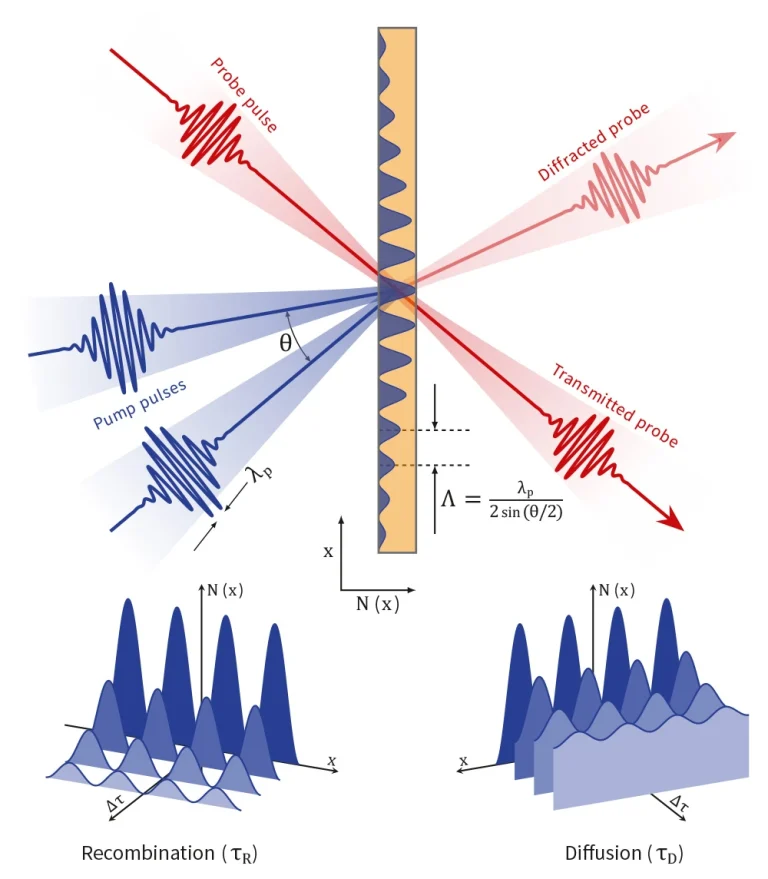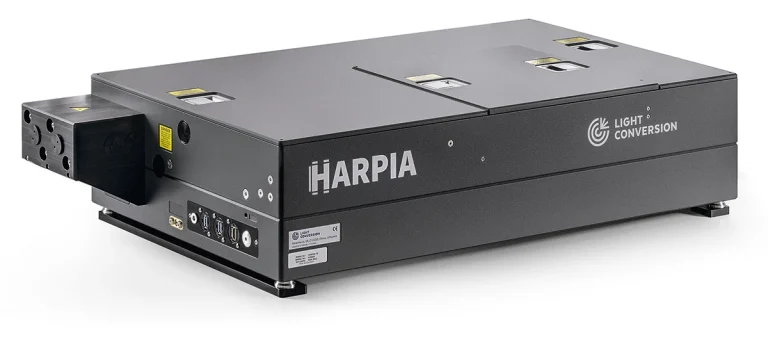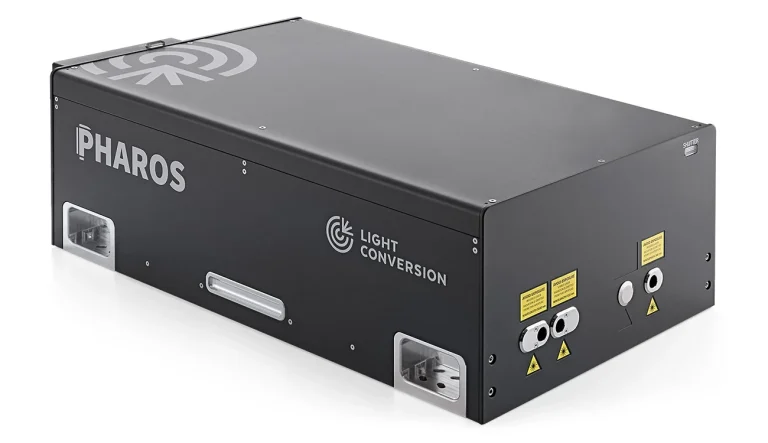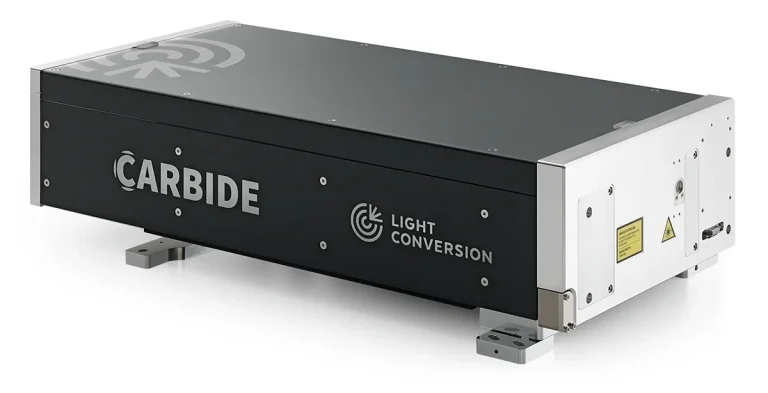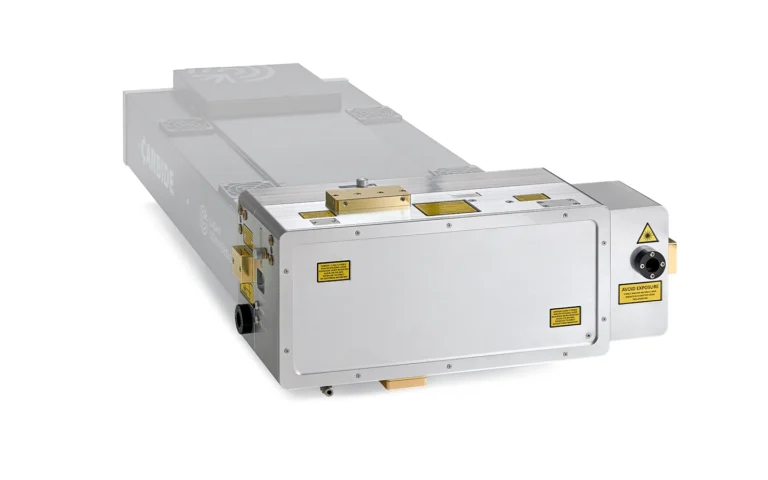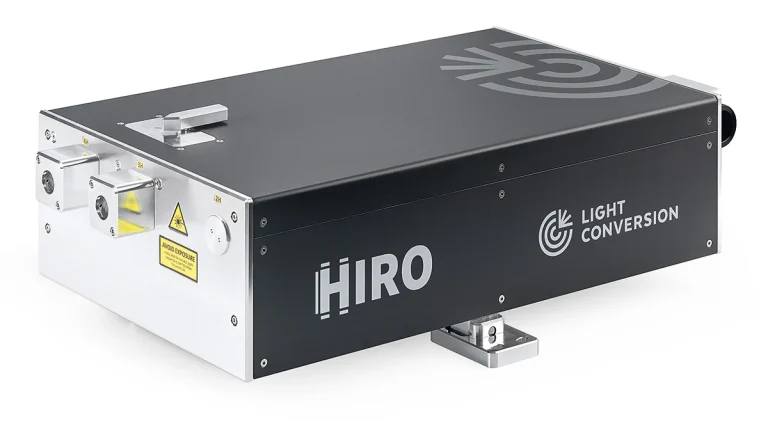Transient Grating Spectroscopy
Light-Induced Transient Grating (LITG), also known as Laser-Induced Transient Grating spectroscopy, is a non-destructive, contactless technique used to investigate charge carrier recombination and diffusion-related parameters in various materials.
Transient Grating (TG) spectroscopy operates on a principle similar to pump-probe spectroscopy. Two coherent pump beams are directed on the sample at a specific angle, forming an interference pattern that generates periodically distributed non-equilibrium charge carriers. This process modulates the materials’ refractive index, creating a transient diffraction grating. A time-delayed probe beam is then directed onto the sample, and its diffraction or reflection from the transient grating is measured. By analyzing the decay of the diffracted signal at different grating periods, key parameters such as charge carrier lifetime and diffusion coefficient can be extracted. These, in turn, provide insights into diffusion length and ambipolar mobility.
The choice of laser pulse duration significantly influences the physical processes probed and the types of materials that can be studied. Femtosecond laser pulses provide high temporal resolution, allowing the investigation of ultrafast phenomena such as electronic excitations, vibrational dynamics, and carrier thermalization. Meanwhile, nanosecond laser pulses are more suitable for investigating slower processes like thermal diffusion or acoustic wave propagation.
Recent studies have demonstrated the effectiveness of LITG spectroscopy across a wide range of material systems, providing key insights into charge transport mechanisms. For instance:
- Quantum well structures: A photophysical study using LITG of polar and non-polar InGaN/GaN structures revealed a strong correlation between nonradiative recombination rates and carrier diffusion, showing how carrier transport to defect-rich regions enhances nonradiative losses in InGaN quantum wells (K. Nomeika et al.).
- Perovskites: LITG was employed to investigate Zn-alloyed CsPbI₃ thin films, fabricated via solution processing, revealing the optimal Zn content for improved charge carrier properties (A. M. Majeed).
- CdSexTe₁₋ₓ heterostructures: A combination of picosecond and nanosecond LITG setups provided a detailed picture of carrier transport before and after trapping, essential for optimizing photovoltaic performance (P. Ščajev et al.).
- Low-dimensional materials: LITG spectroscopy was used to probe charge transport in transition metal dichalcogenide (TMD)/graphene heterostructures. In WSe₂, LITG helped clarify how graphene influences spatiotemporal charge dynamics, offering valuable insights for photodetectors and memory devices (L. Rieland et al.).
The LITG experiments on timescales of up to 8 ns can be performed using a HARPIA-TG transient grating spectrometer. Coupled with a CARBIDE or PHAROS femtosecond laser and featuring an integrated optical parametric amplifier (I-OPA), the compact system is fully automated and computer-controlled via advanced measurement and analysis software. It allows the characterization of electrically non‑conductive or non-fluorescent samples and is suitable for a wide range of materials, including semiconductor materials and derivatives such as silicon carbide (SiC), gallium nitride (GaN), perovskites, organic and inorganic solar cells, quantum dots, and even complex nanostructures like quantum wells.
